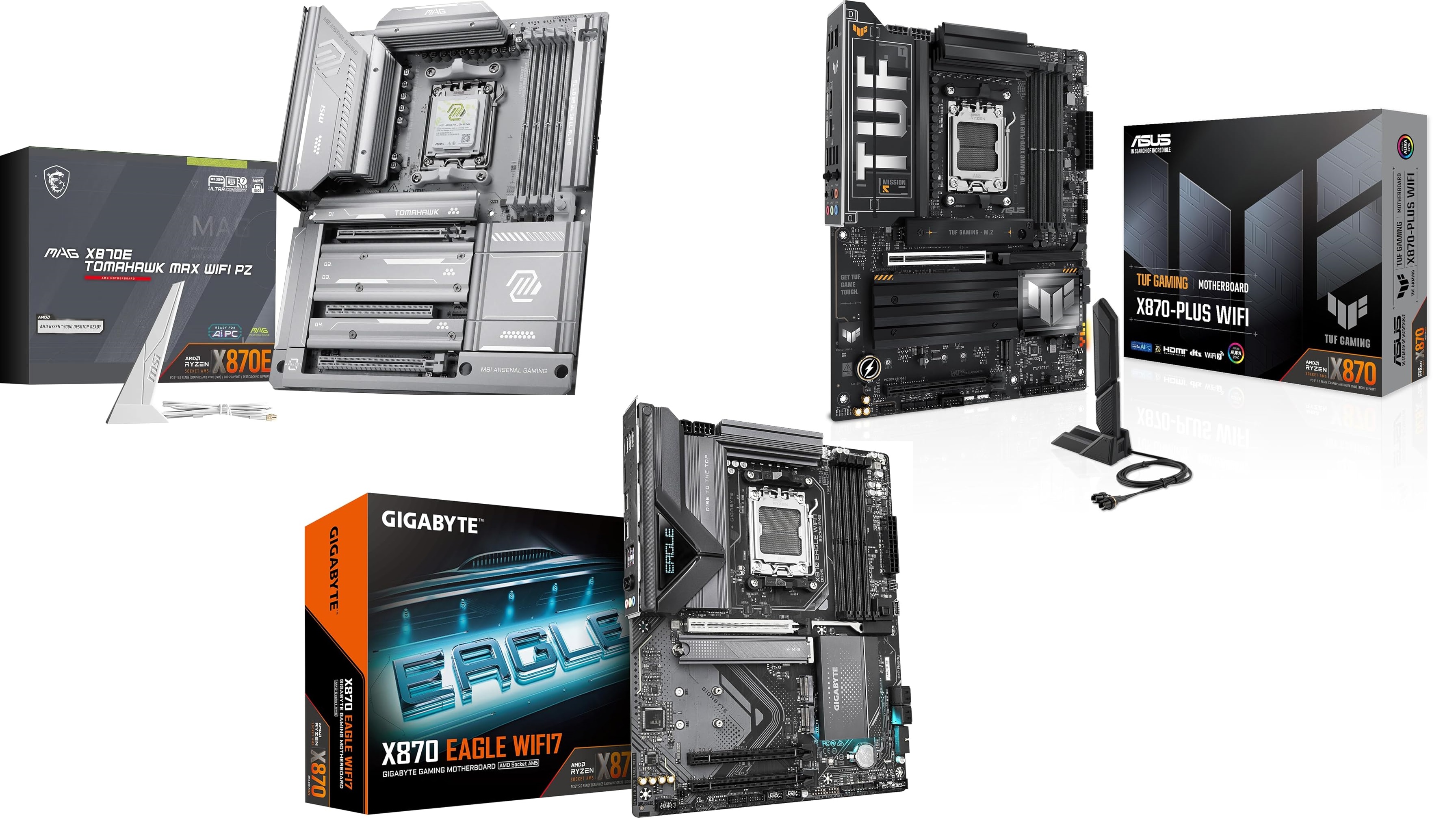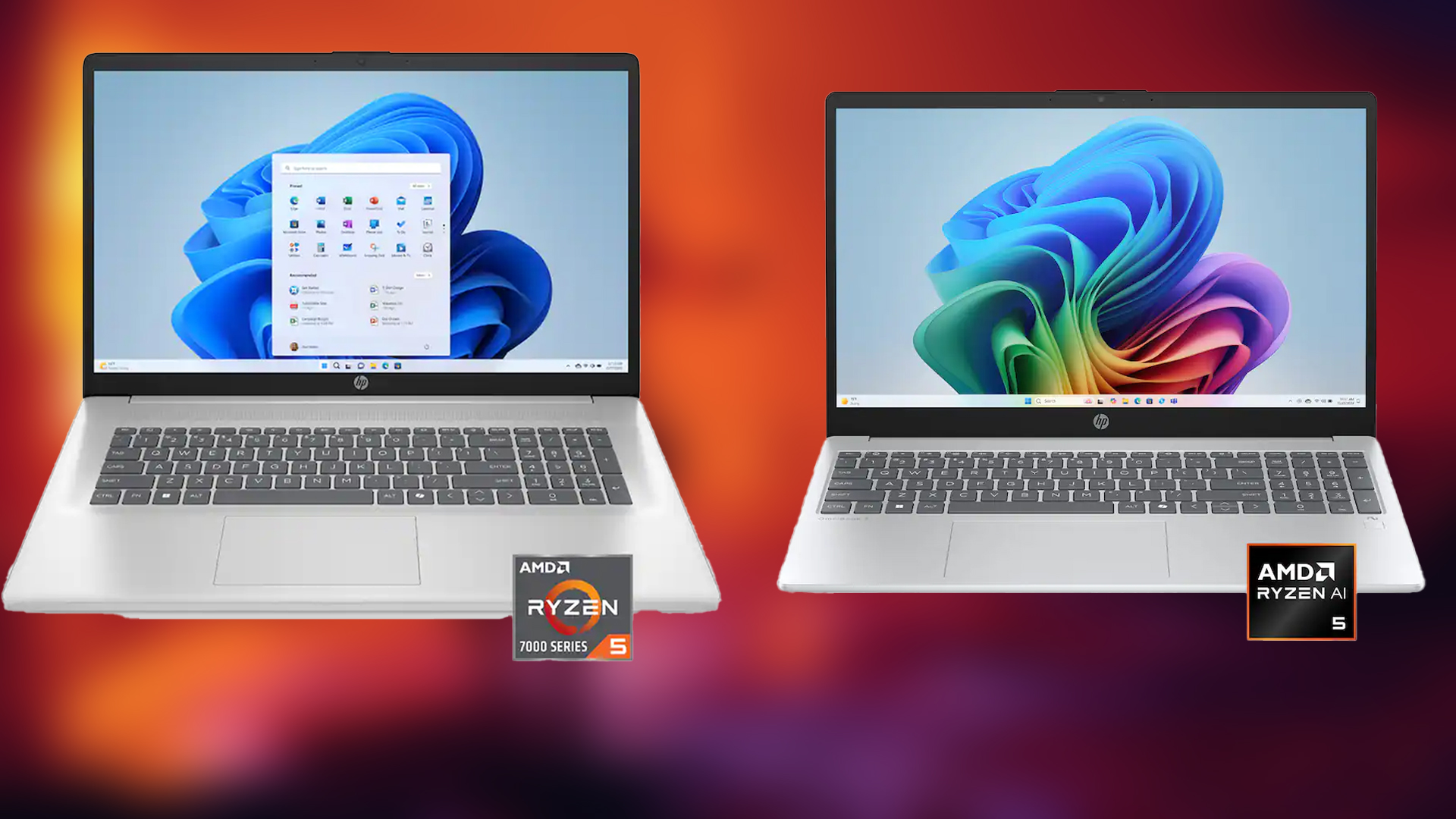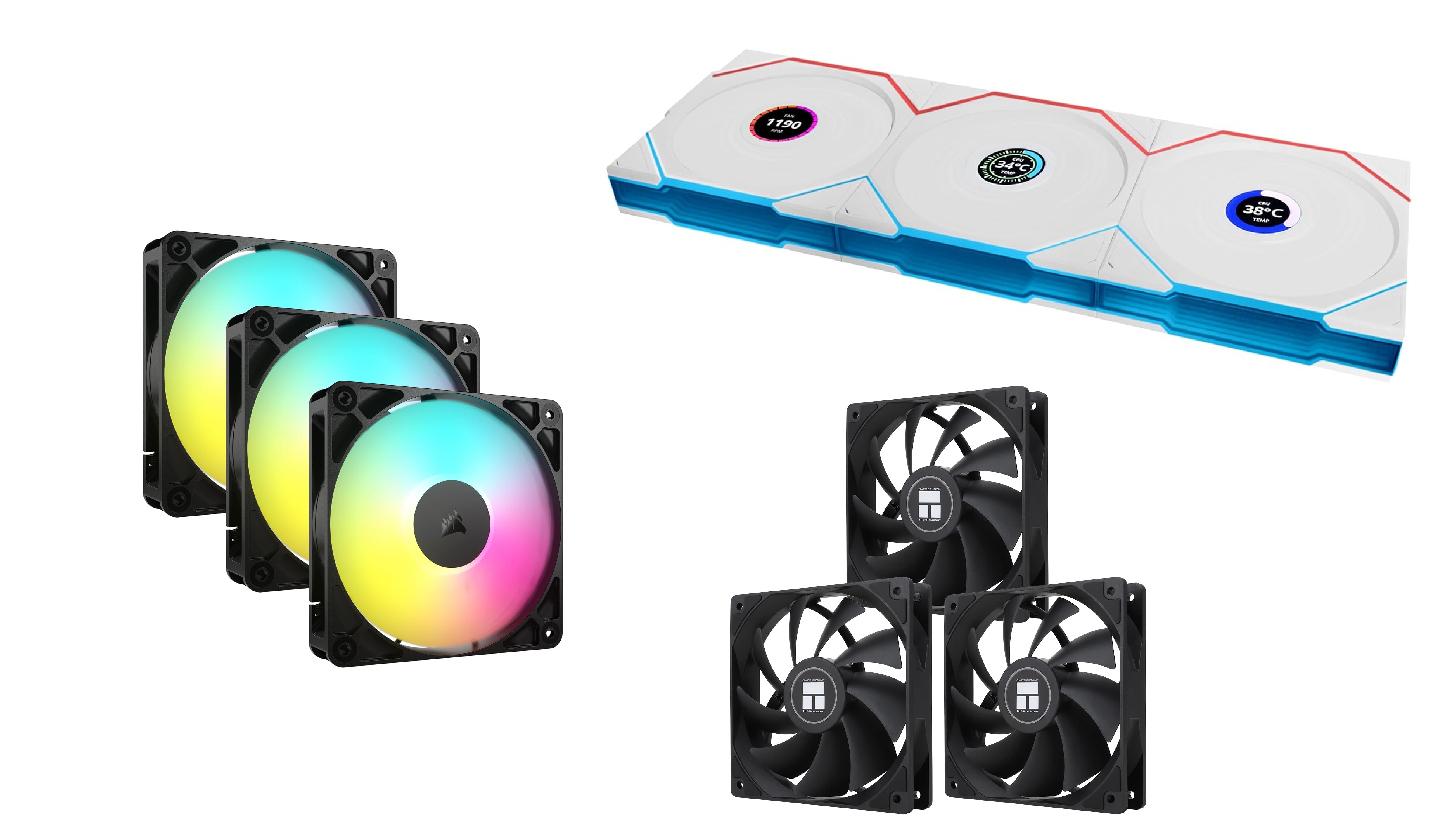This article discusses the key features an end-user needs to consider before purchasing a mechanical keyboard.
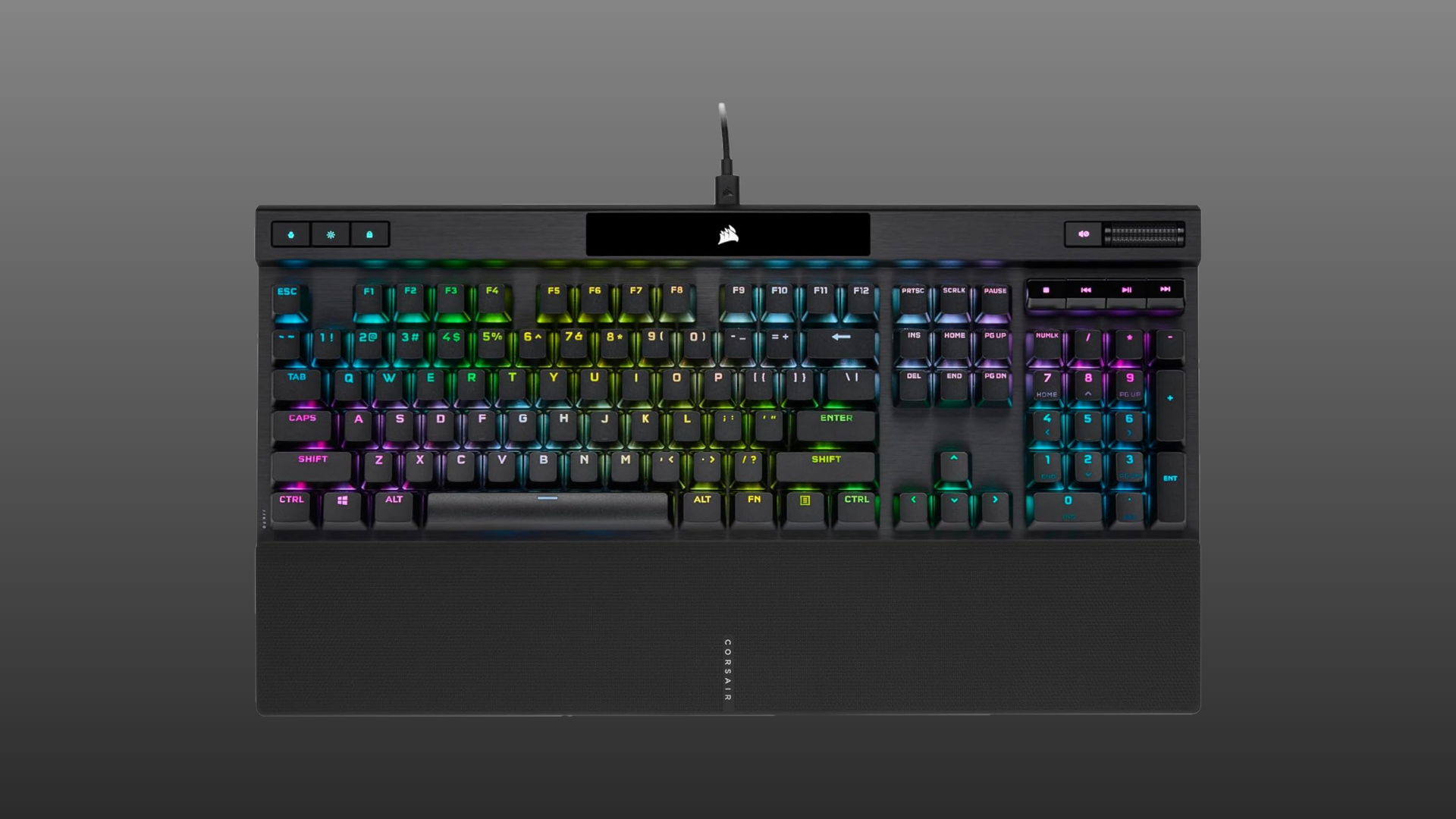
A mechanical keyboard can dramatically improve your PC user experience. It can deliver a soothing typing experience, great gaming response, and enhanced PC aesthetics if matched correctly. As of 2025, the number of models keeps increasing, and every year, brands offer new features, so much so that it is easy to get overwhelmed and make a wrong purchase. Here is a breakdown of the vital features you should look for when choosing a mechanical keyboard.
Note: This article advises end-users to avoid Chinese mechanical keyboard brands, primarily due to documented security concerns. Some include embedded keyloggers for unauthorized data collection and poor encryption practices. Several incidents have been reported across the internet. For safer use, always opt for reputable brands with transparent security policies and avoid installing unnecessary keyboard software if every customization can be done through a key combination.
Mechanical Keyboard Switch Type and Typing Experience
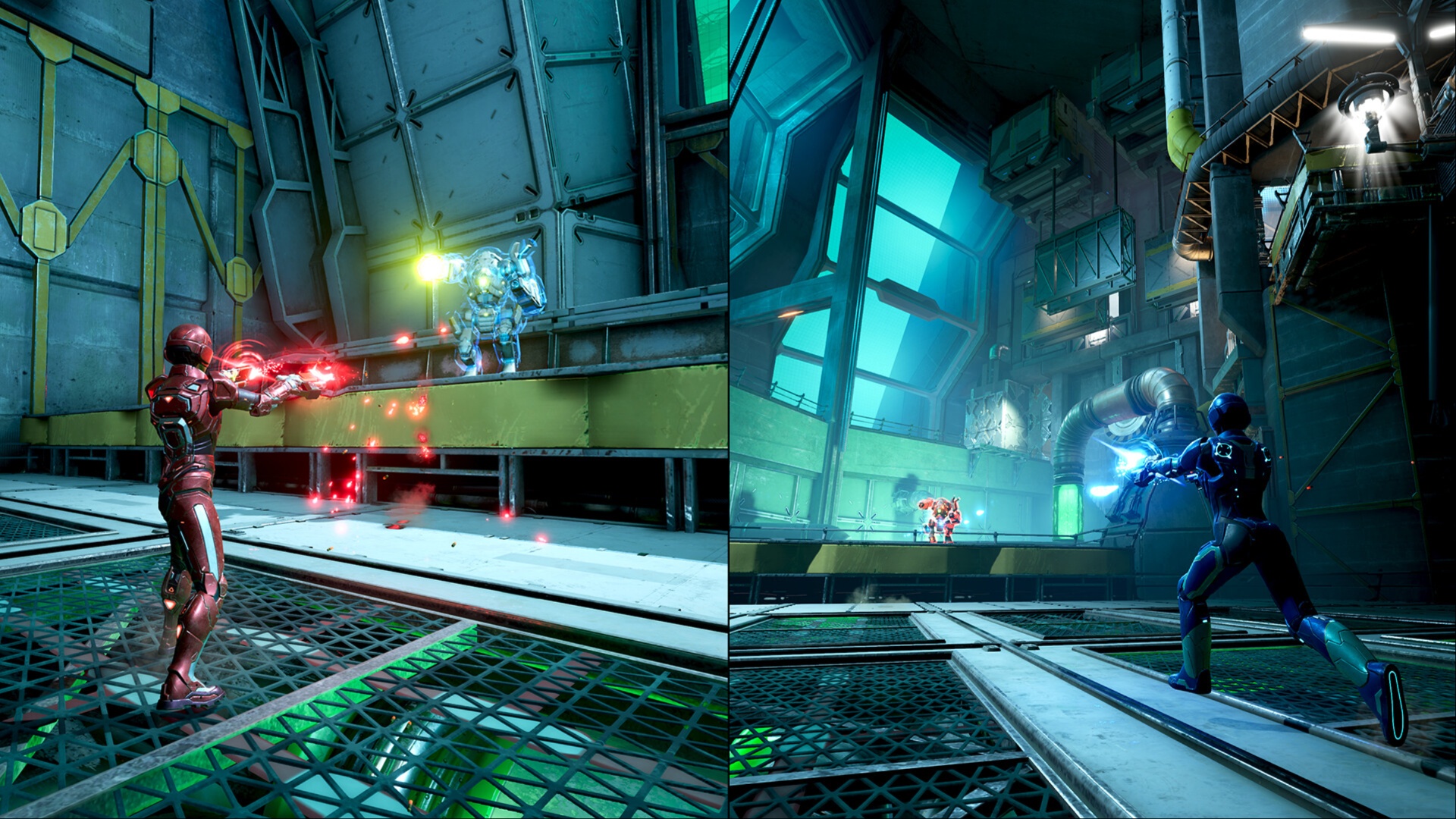
The heart of any mechanical keyboard is its switches and the mechanism beneath each key. The switch determines how your keystrokes feel and sound. Choosing the right switch can make the difference between a productive experience and a daily frustration.
Switch Varieties
Below are the switch categories mentioned. Although there are optical switches now, which offer improved actuation points and a slightly better typing experience, the basics discussed below remain identical.
- Linear switches (smooth, no tactile bump or click) are significant for gaming.
- Tactile switches (noticeable bump, no click) suit both typing and gaming.
- Clicky switches (bump and audible click) are satisfying for typing, but can be noisy.
The lighter the actuation force, the easier a switch is to press. Heavier switches often have the advantage of accidental keystroke prevention.
Pro tip: Due to the complex choice of switches, actuation force, etc., it’s a good idea to visit a gaming store, select a keyboard model, ask about its switch make and type, and then try it before making the purchase.
Keyboard Size and Layout
Mechanical keyboards come in various sizes and layouts, each of which can be designed for different needs and desk setups. Some of the sizes are:
- Full-size (104/105 keys): Includes number pad, suited best for data entry and spreadsheets.
- Tenkeyless (TKL): Omits number pad for a more compact footprint.
- 75%, 65%, 60%: Even smaller-sized boards, sacrificing some keys for portability and more desk space.
Build Quality and Materials
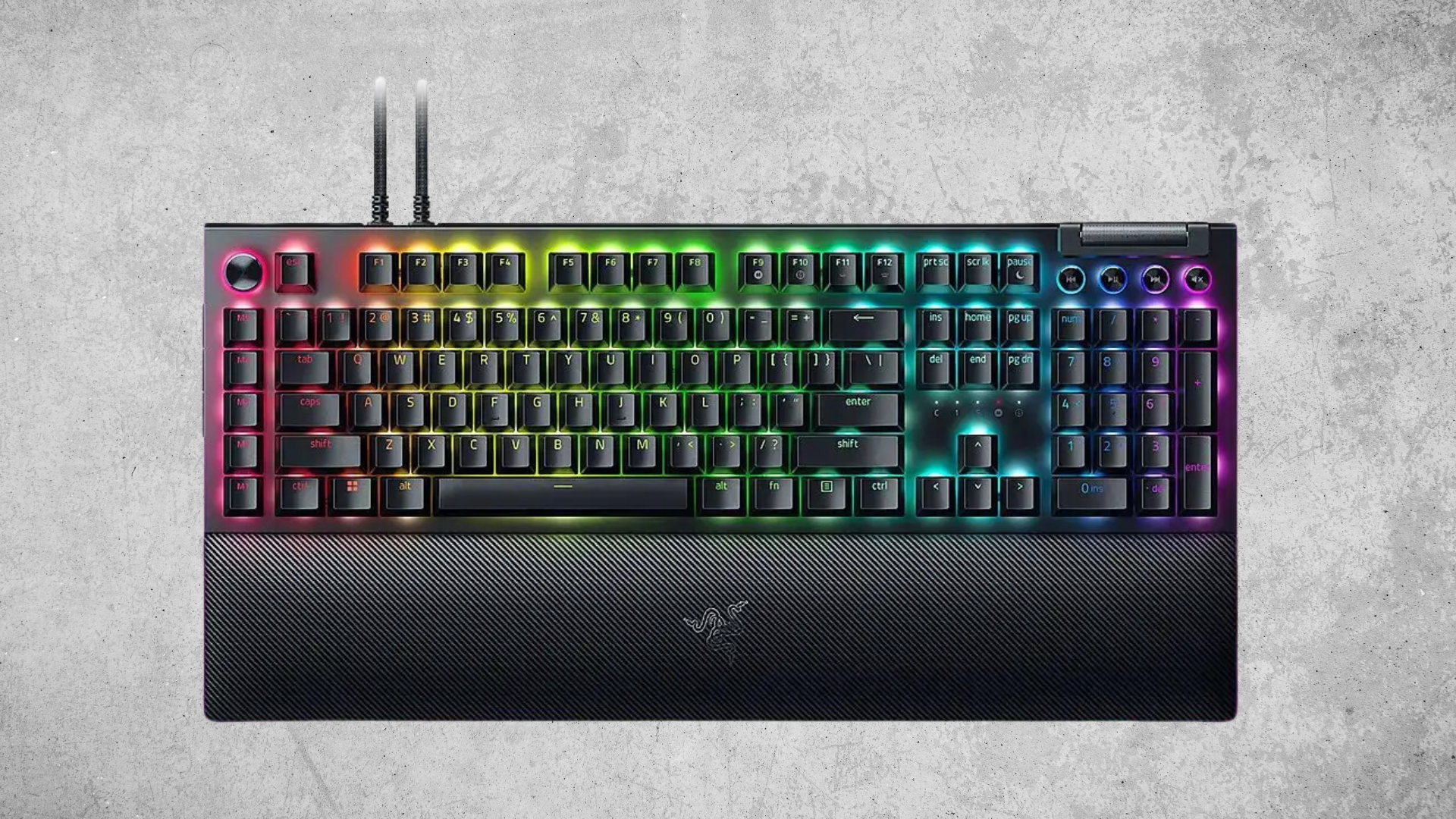
One of the biggest concerns is the keyboard’s construction. Extensive use can bend or crack the board, and fit and finish affect stability and typing feel. These are the parameters you should consider when determining build quality. Remember that a solid, well-built keyboard lasts longer and feels better daily.
Case Material: Aluminum or high-quality plastic for sturdiness.
- Keycaps: PBT plastic is more durable and resists shine; ABS is standard but wears faster. Double-shot PBT provides the best typing feel and experience.
- Stabilizers: Good stabilizers prevent rattle on large keys (spacebar, enter, shift). Lubed ones offer the best mechanical experience.
- Plate Material: impacts the typing sound and insulation. A heavier base will provide the best silent experience, provided the boards are sound-treated correctly.
Connectivity and Compatibility
Some users prefer a wired keyboard, others prefer a wireless keyboard. Wireless ones generally cost more than wired ones and offer the best ergonomics. However, the wired ones offer a higher polling rate, and again, it raises a lot of parameters. Discussing everything will make this article extensive. For starters, follow these:
- Wired (USB-C): The bread and butter for most keyboards, now updated to USB-C for better compatibility.
- Wireless (Bluetooth or 2.4GHz): Great for portability and clean setups, but needs charging.
- Multi-device Support: Some keyboards switch between devices at the press of a button. Consider this viable if you switch between computers or use tablets.
Customization and Features
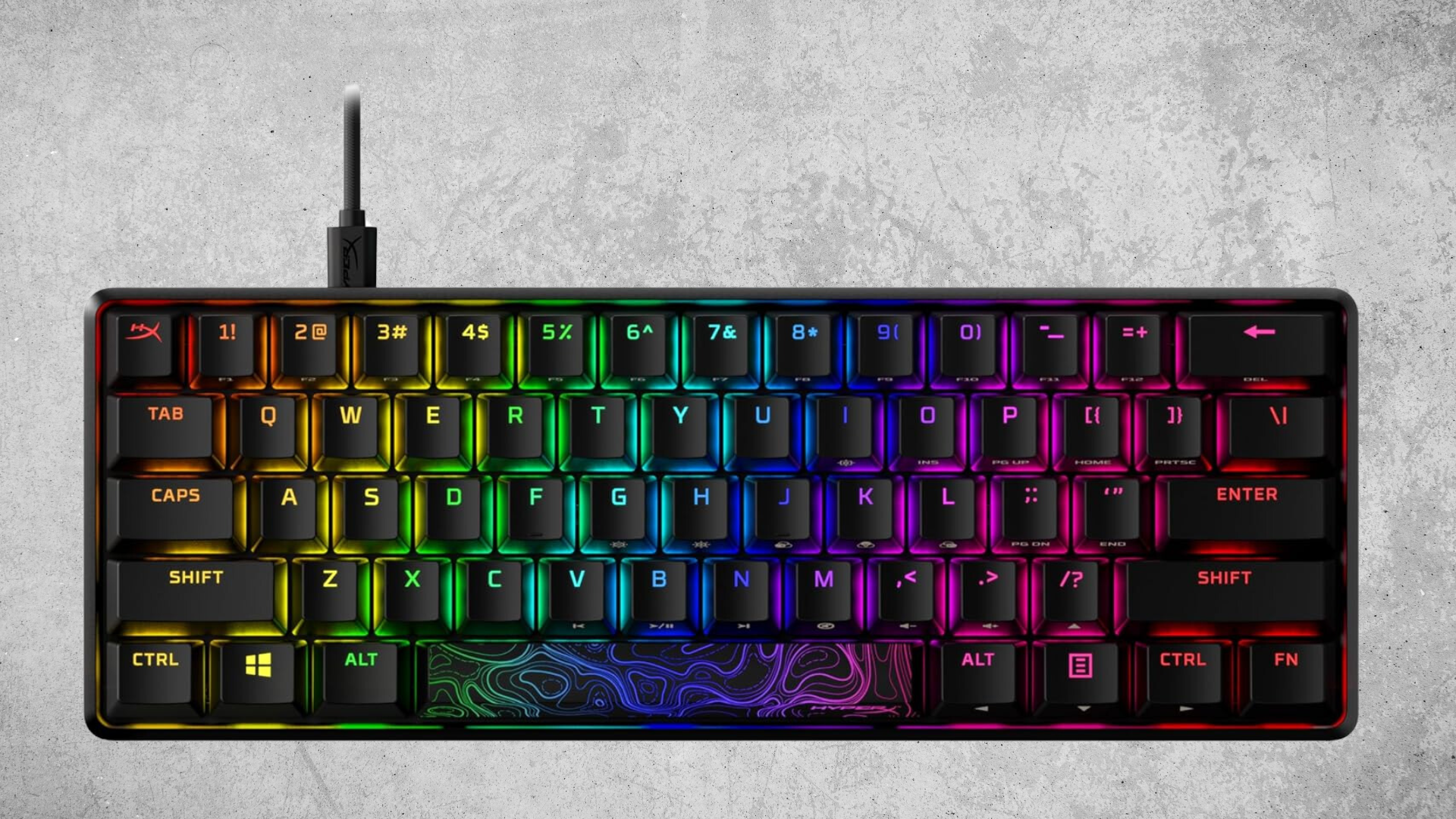
Mechanical keyboards can be customized in almost every aspect, from aesthetics to acoustics. If customization is your goal, here are a few factors to consider.
- Hot-Swappable Switches: Many boards, including Glorious’s, offer hot-swappable switches, from linear to tactile or clicky. If you like tinkering around or want W, A, S, D in a different flavor for your games, the hot-swappable nature should be a priority.
- Programmable Keys: Remap keys or set macros for productivity or gaming. This is mostly done through software.
- RGB Lighting: Customizable lighting for aesthetics or visibility in low light.
- Software Support: Good, trusted companion software (like QMK/VIA) lets you customize functions and lighting. Software with Razer and Logitech is also trusted and can be used either.
Ergonomics and Comfort
Lastly, how the keyboard feels when typing, how your hands are placed, and the distance between the wrist and the keys are vital, and this preference varies vastly. Here are a few factors you should consider when choosing a mechanical keyboard.
- Adjustable Keyboard Angle: This helps, depending on desk setups and sitting positions, and is very important for comfortable hand placement.
- Wrist Support: Consider this second, as this can be brought aftermarket, but if your wrist hurts, you will likely lose the jigglepicking, or mess up the macro combo in your beloved RPG.
- Keycap Profile: As mentioned, try before you buy, check in with the store, try different brands such as Cherry, SA, or brand-specific OEM, and see how they feel on your fingers.
Conclusion
Ultimately, the price is the most significant factor in your choice. While a Chinese-branded keyboard may be dirt cheap, security issues and significant loopholes are associated with it. Ensure you check everything before buying. A cheap Chinese keyboard can give you all the bells and whistles with those OUT-EMU switches, but raises many questions about your privacy. Then again, choose something that fits your budget, typing style, desk space, comfort needs, and yes, RGB for lighting goals. Trying before buying works best here. Good luck!
Looking For More Related to Tech?
We provide the latest news and “How To’s” for Tech content. Meanwhile, you can check out the following articles related to PC GPUs, CPU and GPU comparisons, mobile phones, and more:
- 5 Best Air Coolers for CPUs in 2025
- ASUS TUF Gaming F16 Release Date, Specifications, Price, and More
- iPhone 16e vs iPhone SE (3rd Gen): Which One To Buy in 2025?
- Powerbeats Pro 2 vs AirPods Pro 2: Which One To Get in 2025
- RTX 5070 Ti vs. RTX 4070 Super: Specs, Price and More Compared
- Windows 11: How To Disable Lock Screen Widgets
 Reddit
Reddit
 Email
Email
